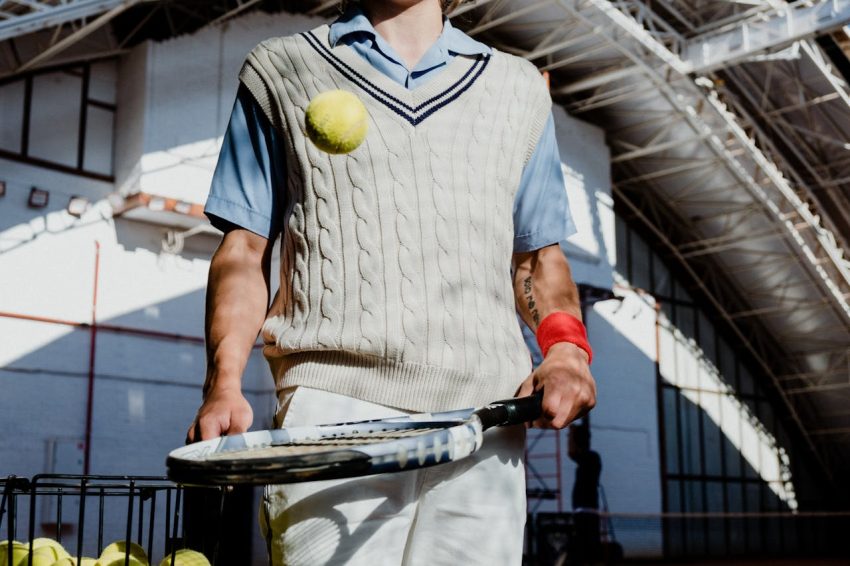Tennis practice walls have been a staple in the sport’s training repertoire for decades, serving as essential tools for honing skills. These structures, often seen in parks and clubs worldwide, provide an invaluable resource to players of all levels, from beginners seeking to improve their basic strokes to advanced players refining their technique. Originating as simple brick walls, practice walls have evolved into sophisticated synthetic surfaces designed to mimic the feel of a real tennis court. Yet, despite these advancements, their primary purpose remains unchanged—to offer a reliable, consistent partner for solitary practice sessions. By allowing players to engage in repetitive drills, practice walls help to improve timing, footwork, and shot accuracy. For tennis enthusiasts, amateur players, and coaches, understanding and utilizing the benefits of a practice wall can significantly enhance player development, making them an indispensable component of any tennis training program.
Benefits of Using a Tennis Practice Wall
A tennis practice wall is more than just a stationary partner; it is a versatile training tool that offers numerous benefits. One of the primary benefits is the enhancement of hand-eye coordination and reflexes. By hitting the ball against the wall, players must react quickly to its return, sharpening their reflexes and improving their timing. This is crucial in tennis, where split-second decisions can determine the outcome of a match.
Solo practice is another significant advantage. Without the need for a partner, players can focus on improving their shot consistency and accuracy. The wall serves as an impartial critic, allowing players to adjust their techniques based on immediate feedback, fostering self-reliance and independence on the court.
The practice wall also provides a controlled environment for mastering new techniques. Without external pressures, players can experiment with different shots, grips, and stances. This freedom to explore nuances in technique helps build a comprehensive skill set that can be transferred to match play.
Building stamina and muscle memory are integral to high-level tennis. Regular sessions against a practice wall can contribute immensely to these areas. The repetitive nature of wall practice reinforces muscle memory, ensuring that correct techniques become second nature. Additionally, the sustained activity develops endurance, which is essential for maintaining performance throughout a match.
Lastly, the availability of a tennis practice wall allows for practice at any time. Whether it’s early morning or late evening, players can hone their skills without being constrained by weather or the need for a partner. This flexibility ensures consistent training, which is key to ongoing improvement.
Tips for Effective Practice
Maximising the benefits of a tennis practice wall requires a strategic approach. First, it’s important to set specific practice goals. Whether focusing on backhand precision or increasing serve power, having clear objectives will guide your sessions and ensure progress.
Varying practice distances and types of shots is also crucial. By adjusting your position relative to the wall and experimenting with different strokes, you can simulate various match scenarios. This adaptability enhances your ability to handle diverse situations on the court.
Incorporating footwork and movement into practice sessions is another effective strategy. Tennis is as much about movement as it is about hitting the ball. By practising footwork drills while using the wall, players can improve their agility and positioning, which are vital components of effective gameplay.
Conclusion
In conclusion, the tennis practice wall remains an indispensable training tool for players and coaches alike. Its ability to enhance hand-eye coordination, allow for solo practice, provide a controlled learning environment, build stamina, and offer flexible training opportunities makes it invaluable. By setting specific goals, varying practice, and incorporating movement, players can optimise their sessions. Personal experiences highlight the practice wall’s effectiveness in developing skills, building confidence, and maintaining a high level of play. For those seeking to elevate their game, making use of a tennis practice wall is a strategic choice.

